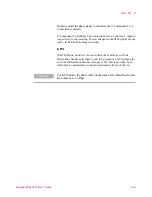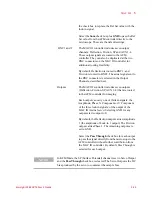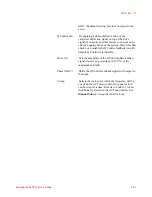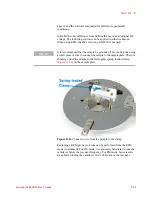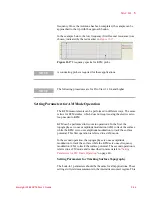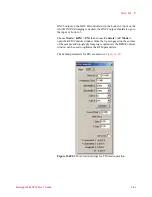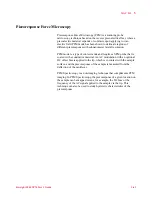
MAC III
5
Keysight 5500 SPM User’s Guide
5-34
section describes the hardware and software configurations of example
experiments for EFM and KFM.
A block diagram for an example configuration of KFM FM mode using
the Auxiliary Signal Access Box is shown in
Figure 11-15
System block diagram for MAC III Signal Access Box
configuration
In this KFM FM mode example, one lock-in amplifier is used for the
amplitude modulation Z servo tracking the sample topography. The
phase or alternately its X- or Y- vector components can be fed into a
second lock-in amplifier to sense the small modulation in the effective
free resonance of the cantilever caused by an electrostatic force
gradient. The output of the second lock-in amplifier can be used as an
input to the KFM servo used to null the electric field between the tip and
sample. The third lock-in amplifier can be used for tuning the
operational parameters, for recording the second harmonics of the
electrostatic force gradient modulation which is proportional to dC/dZ,
or for recording various signals (lateral response, torsional signal,
harmonics, etc.) during measurements.
The routing of AUX input channels of the second lock-in amplifier and
third lock-in amplifier to the BNC2 connector is used for most of the
EFM and KFM applications. Typically, this configuration is used for the
hardware setup (connections detailed in


